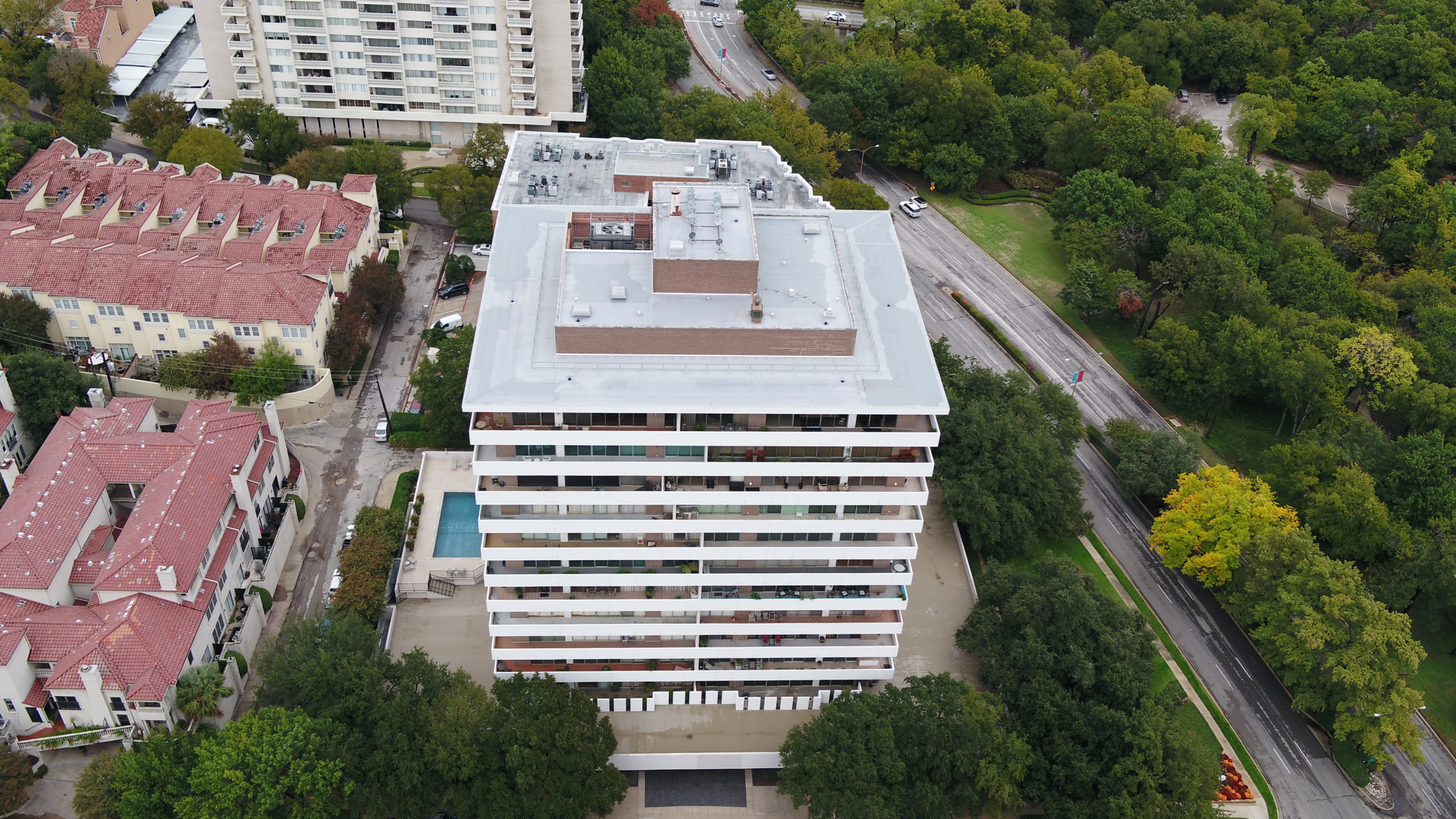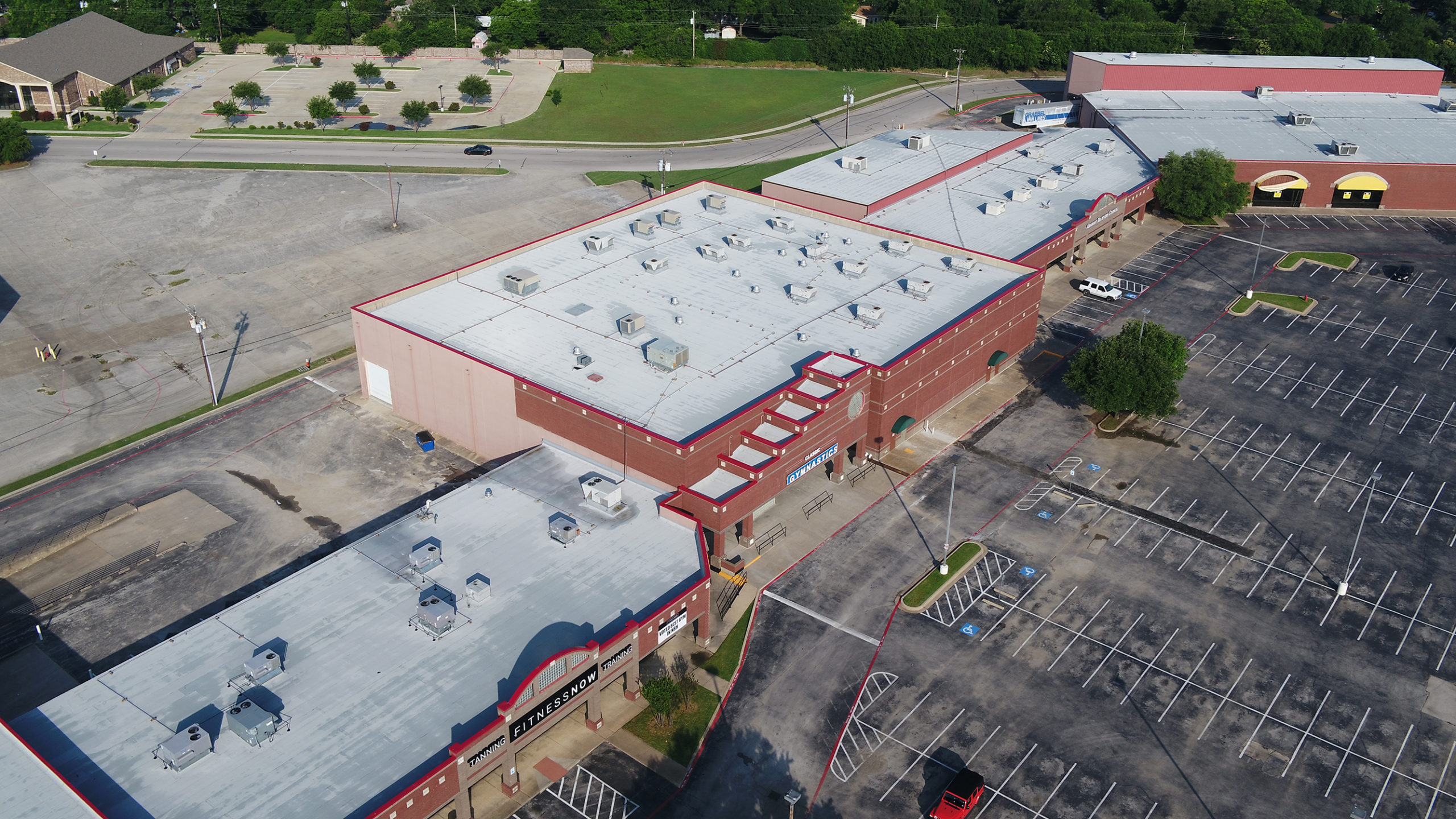Modified Bitumen
About Modified Bitumen
Modified Bitumen has been around for for nearly 50 years. This system was developed in Europe during the late 1960’s and early 1970’s. The United States started producing Modified Bitumen during the early 1980’s. Modified roofing systems enjoyed a great deal of popularity because they offered the consumer a durable roof with a fairly long life expectancy. These roofs are generally very resilient and do well on areas that experience higher than normal tread wear. Many residential homes also have areas of modified roofing. Modified roofing is also suitable for roofs with very low pitches this is the reason you see modified installed on many homes with flat roofs. Unlike TPO modified is not as sensitive to tread wear. In industrial areas where roof top air conditioning units are present many owners opt for modified roofing systems due to the high amount of traffic due to routine rooftop maintenance. Modified roof systems have a long track record of durability and proven performance.
Modified Bitumen Roof Systems
Modified Bitumen (MB) is asphalt that has had modifiers added to it to give it plastic or rubber-like properties. The most common types of modifiers being used are APP (Atactic Polypropylene) and SBS (Styrene Butadiene Styrene). Modified Bitumen roof systems consist of one, two, or three ply systems. The type of substrate will often determine the type of system being installed. Modified membranes can also be installed in conjunction with built-up roof materials (such as multiple plies of fiberglass felt) to form a “hybrid” roof system. Modified roofs have proven performance on residential, commercial, and industrial applications.


